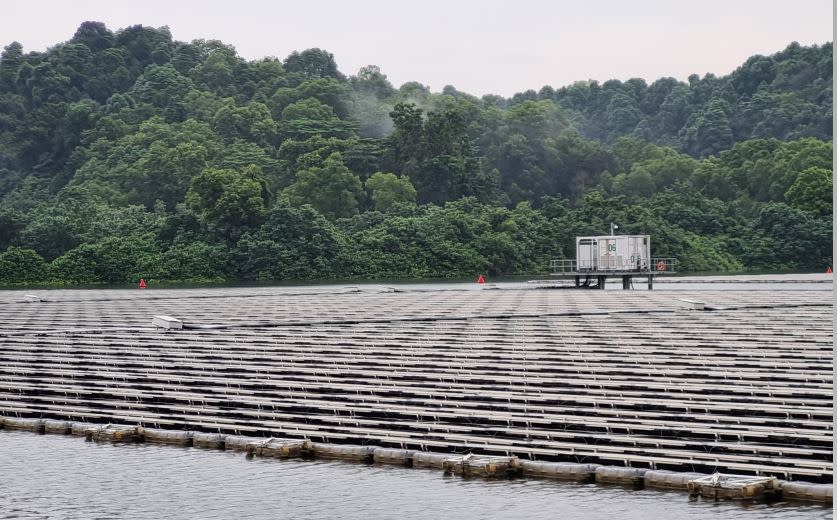Knee jerk sell-offs for Sembcorp and Keppel ‘overdone’ and presents opportunity to accumulate: DBS

On the morning of June 20, shares in Sembcorp fell by 9% while shares in Keppel fell by 5%.
Following news of the impending price cap implemented by the Energy Market Authority (EMA), shares in Sembcorp Industries U96 and Keppel Corporation Bn4 saw their shares drop in knee jerk sell-offs.
On the morning of June 20, shares in Sembcorp fell by 9% while shares in Keppel fell by 5%. The move was seen as overdone by DBS Group Research analyst Ho Pei Hwa, especially for Keppel, which has a 1% exposure to the wholesale market.
In her June 20 report, Ho notes that the tightness in the Singapore power market also looks set to persist with the country’s power reserve margin falling close to the trough level seen in 2011. The power supply cushion also declined to around 10% during the peak periods, well below the 20% market which signals a tightness in supply.
“Adding fuel to the fire, nearly a quarter of Singapore's power generation capacity ([around] 2.8GW) is approaching the end of its lifespan over the next five years. [A] new investment cycle has just kick-started in 2023 with Sembcorp and Keppel committed to build two units of 600MW hydrogen ready power plants, representing [around] 10% of current total capacity, that will come online by 2026. For now, energy imports from neighbouring countries – [around] 1.3GW import license has been granted - could provide some reprieve,” she writes.
Besides, the elevated power prices look set to stay even with the new temporary price cap mechanism. Ho points out that the Uniform Singapore Energy Price (USEP) shot up to $503/MWh in May 2023, a record high for the average monthly USEP. While she expects the USEP to moderate amid normalised fuel costs, the amount should still be hovering at elevated levels of $300/MWh in the foreseeable future given the tight power supply.
She adds: “The newly introduced temporary price cap mechanism from July 1 should effectively reduce huge swings in wholesale power prices, but [the] impact on average power price is likely to be marginal. Average USEP can potentially drop by 7% - 8% assuming 4% activation of the temporary price cap.”
Considering the relatively limited impact from the temporary price cap and still constructive power market dynamics, Ho reiterates that the sell-off for both Sembcorp and Keppel has been overdone. In a June 21 report, Ho kept her “buy” call on Sembcorp with a higher target price of $6.50 from $4.60 previously.
Shares in Sembcorp closed 4 cents higher or 0.74% up at $5.42 on June 22 while shares in Keppel closed 3 cents lower or 0.45% down at $6.67 on the same day.
See Also:
Click here to stay updated with the Latest Business & Investment News in Singapore
UMS and Rex’s CEOs most overpaid in 2022 relative to their share price performances: UOB Kay Hian
DBS convinced of Sembcorp sustaining higher power prices; raises TP
EMA’s energy price cap to have ‘minimal impact’ on Citi’s forecast for Sembcorp
Get in-depth insights from our expert contributors, and dive into financial and economic trends

 Yahoo Finance
Yahoo Finance 